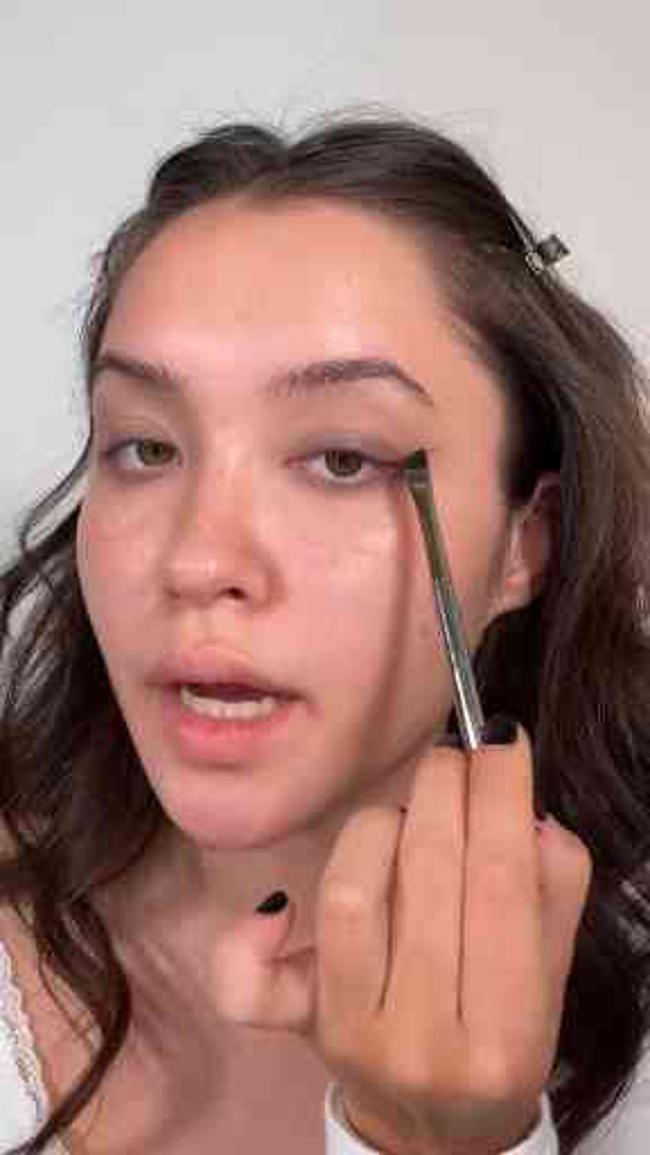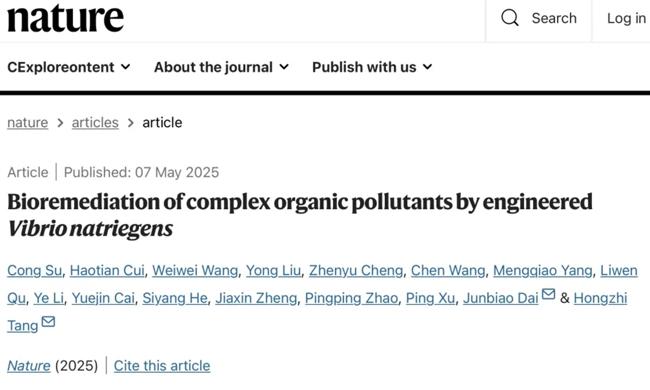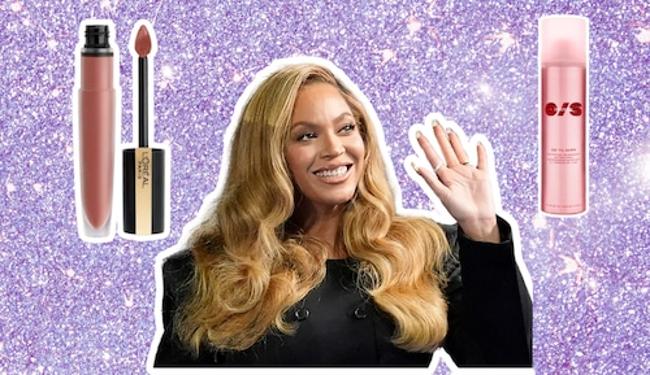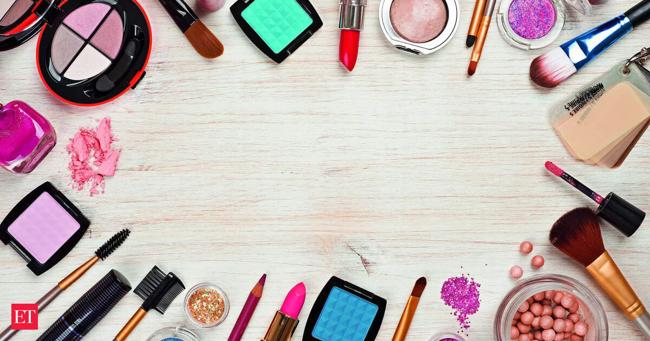
AI News Q&A (Free Content)
Q1: What are the main sources of ingredients used in modern cosmetics, and how have they evolved over time?
A1: Modern cosmetic ingredients are derived from both natural and synthetic sources. Historically, cosmetics included natural ingredients like minerals, olive oil, beeswax, and plant extracts. Over time, the industry shifted to synthetic compounds for consistency and cost-effectiveness. However, the realization of health risks from certain substances, such as lead and some artificial colors, has influenced regulatory changes. Today, ingredients are regulated more strictly, especially in the European Union, but some controversial substances, like per- and polyfluoroalkyl substances (PFAS) and formaldehyde releasers, are still used in some products.
Q2: What health risks are associated with synthetic ingredients commonly found in cosmetics?
A2: Synthetic ingredients in cosmetics can pose various health risks, including skin irritation, allergic reactions, and long-term exposure concerns. For example, PFAS have been associated with endocrine disruption and potential carcinogenicity. Formaldehyde releasers are linked to allergic contact dermatitis and have been classified as carcinogenic. Regulatory bodies in the EU have banned or restricted many such substances, but in other regions, oversight may be less stringent, leading to potential consumer exposure.
Q3: How do global regulatory approaches differ in ensuring the safety of cosmetic ingredients?
A3: The European Union has stringent regulations governing cosmetic safety, requiring safety assessments and banning harmful ingredients. In contrast, the United States does not require FDA pre-approval for cosmetics or ingredients, although marketed products are subject to safety monitoring. Some countries have also banned animal testing in cosmetics. Differences in regulation can lead to variations in ingredient safety and consumer protection.
Q4: What are some common myths about the safety of cosmetic ingredients, and what does scientific evidence suggest?
A4: A common myth is that all natural ingredients are safe and all synthetic ingredients are harmful. Scientific evidence shows that both natural and synthetic ingredients can cause adverse reactions. For example, certain plant extracts can cause allergies, while some synthetics are formulated to minimize risks. The real determinant of safety is rigorous testing and regulatory compliance, not the origin of the ingredient.
Q5: What does recent scientific research say about the potential for synthetic cosmetic ingredients to cause allergic reactions?
A5: Recent scientific literature indicates that synthetic ingredients such as certain preservatives (e.g., parabens, formaldehyde releasers) and fragrances are common causes of allergic contact dermatitis. Studies emphasize the importance of patch testing and regulatory oversight to minimize consumer risk. The prevalence of cosmetic-induced allergies remains significant, highlighting the need for ongoing surveillance and ingredient reformulation where necessary.
Q6: What are the latest advancements in assessing the safety of cosmetic ingredients using computational models, according to scholarly research?
A6: Recent scholarly work highlights the use of machine learning and knowledge graphs to assess the safety and appropriateness of cosmetic ingredients, such as predicting halal status or skin tolerance. These computational models integrate ingredient data, regulatory requirements, and toxicity profiles to improve the accuracy and reproducibility of safety assessments. For example, algorithms like random forest are now being applied to ocular tolerance assessment, aiding toxicologists in risk evaluation.
Q7: How is the demand for culturally appropriate or 'halal' cosmetics influencing ingredient selection and safety assessment?
A7: The demand for culturally appropriate products, including halal cosmetics, is driving the industry to develop new frameworks for ingredient assessment. Research shows that knowledge graphs and machine learning models are being used to predict the halal status of cosmetics by analyzing complex ingredient relationships. This shift is leading to greater transparency in ingredient sourcing and enhanced safety assessments tailored to diverse consumer needs.
References:
- Cosmetics - Wikipedia: https://en.wikipedia.org/wiki/Cosmetics
- Ingredients of cosmetics - Wikipedia: https://en.wikipedia.org/wiki/Ingredients_of_cosmetics
- List of cosmetic ingredients - Wikipedia: https://en.wikipedia.org/wiki/List_of_cosmetic_ingredients





